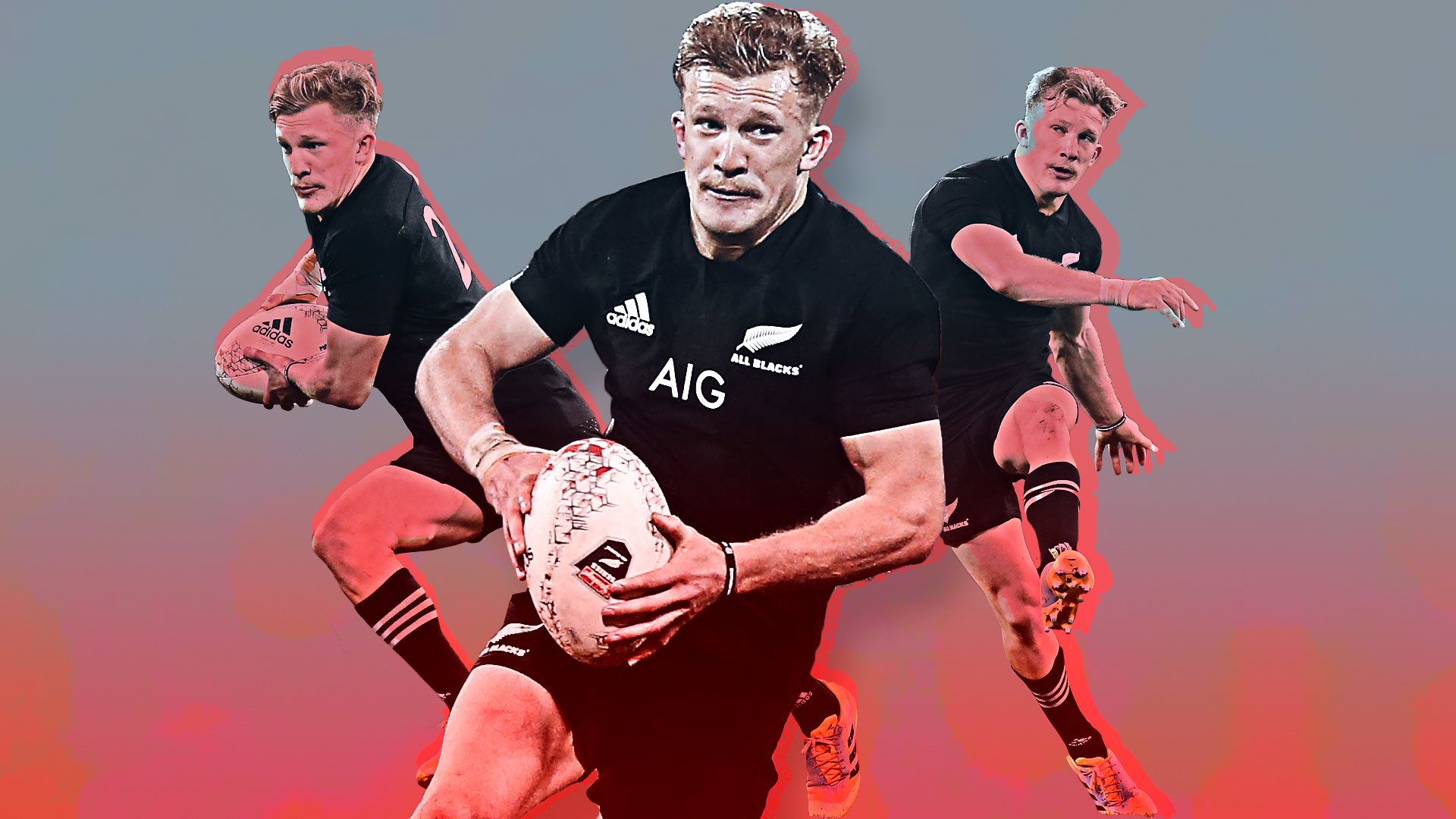New Zealand sorely missed the unpredictability of one of the game's most elusive players

Questions will rightly be asked how New Zealand were so comprehensively outplayed by their English counterparts on Saturday night.
The All Blacks have been the highest-ranked side in the world since the last World Cup, dropping from the top spot for mere days at a time before reclaiming their place.
There have, of course, been blips in recent times.
Losses to South Africa, Australia and Ireland in the last year raised a few eyebrows. New Zealand were probably lucky to escape from Twickenham last November with a win – likewise, from Pretoria a month prior.
Still, there was every belief that the All Blacks would come right at the World Cup – but it wasn’t to bed.
New Zealand met a hungrier, more motivated, more youthful opponent who suffocated the All Blacks’ attack, giving them just scraps to work with.
At the end of Saturday’s semi-final loss, New Zealand finished with 44% possession and 38% territory.
New Zealand have historically been a side that are capable of winning games with less ball and less field position than their opponents, but that’s changed in recent times.
It’s not that the All Blacks have gotten worse, as such, it’s just that defences have tightened up considerably. Fit, rushing defences – combined with lack of any sort of policing of the offside line – have constricted New Zealand’s attack.
The All Blacks managed their tight victory over England in November on the back of dominating territory and possession, but even that barely got them over the line.
https://www.instagram.com/p/B4FWWT3A7i5/
When they’ve found themselves behind on those stats – against Ireland last year, and against Australia and England in 2019 – they’ve also found themselves on the wrong side of the scoreboard.
It’s an issue that Steve Hansen and his fellow All Blacks coaches have seemingly tried to rectify with bringing in hungry, dynamic outside backs.
“It’s interesting looking at average tries over the last couple of test matches,” said Ian Foster following the defeat. “Defences are getting a lot better organised.
“One try apiece in an England v All Blacks game is not unusual, with both teams trying to suffocate each other. It was frustrating that we didn’t execute as well as we could last night.
“There’s still a great attitude among the players and that’s the key thing. We need to go away and address that [lack of try-scoring].”
Damian McKenzie re-signs with New Zealand Rugby and the Chiefs https://t.co/b04VqEtnYM pic.twitter.com/4cXJfxBYIA
— RugbyPass (@RugbyPass) March 8, 2018
Rieko Ioane and Ben Smith, Hansen’s preferred wings for 2018 and the early stages of this season, were dropped ahead of New Zealand’s rematch against Australia in August.
In came young Crusaders tyros George Bridge and Sevu Reece.
There’s been plenty of debate concerning Smith’s demotion, in particular. Would having an extra experienced head on the field against England have made a difference?
The fact of the matter is, however, that Smith is no longer the pacey, hard-to-catch outside back that he once was. He’s still an incredibly good player and safe as houses in the backfield, but the All Blacks needed to find ways to break through defences, and Smith simply didn’t fit the bill.
Reece and Bridge have looked solid for New Zealand since their promotions, but they also found it hard going against England in the semi-final.
Damian McKenzie has revealed his thoughts on the first five/fullback debate.https://t.co/KI2Tcdaj6X
— RugbyPass (@RugbyPass) July 3, 2019
Obviously the future All Blacks coach needs to find alternative solutions to breaking down opposition defences, but there is one man who likely could have made a big difference in Saturday’s match.
Damian McKenzie’s ACL injury way back in April was hard to swallow for Chiefs’ fans – but the rest of the country didn’t seem all too fussed. The dominant way of thinking seemed to be that McKenzie’s play was just a bit too high risk, high reward.
Crusaders fans, in particular, were probably quite happy to see Richie Mo’unga take over in the 10 jersey, with Beauden Barrett shifted to fullback.
Come the World Cup finals, however, a relatively green first five is not what you want.
Mo’unga has not faced considerable pressure on the field in his professional career to date. He’s an excellent player and will develop into an exceptional All Black, but he’s had an easy ride behind a dominant Crusaders pack at the Super Rugby level and is still finding his feet on the Test scene.
https://www.instagram.com/p/BwXxSiAAbGl/
Barrett’s best position may well be at fullback, but he’s considerably more used to backpedalling behind a dominated forward pack from 10 than Mo’unga is.
McKenzie, playing at fullback, is one of the most elusive, dangerous counter-attackers in world rugby.
Against Ireland, last year, McKenzie was one of the only All Blacks who actually looked capable of breaching the tight defence. It was a similar story a week earlier against England – he was man-handled at times, but he also kept asking questions of the Red Roses.
In that game against England, McKenzie made four line-breaks (the best of any player on the field) and beat 12 defenders – the same number as the next two most dangerous runners combined.
When defences are as strong as they currently are, the fact of the matter is you sometimes need to throw caution to the wind.
A fit Damian McKenzie would have given the All Blacks a threatening ball-runner from the backfield and also allowed the nation’s most experienced first five to pull the strings from 10.
New Zealand had no answer for England’s outstanding performance in the World Cup semi-final – and Steve Hansen tipped his hat to them:











































































